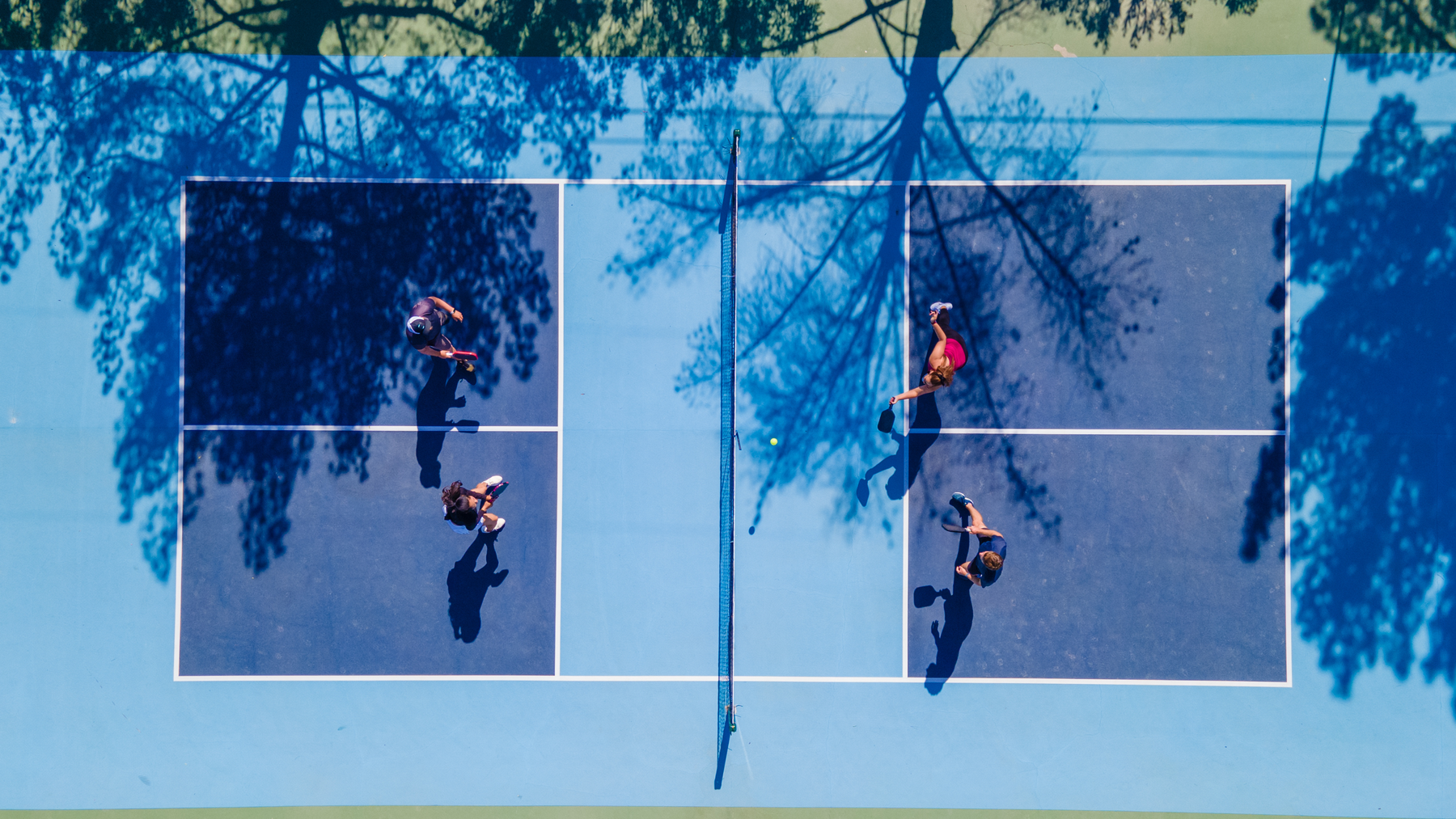
Hosting a Pickleball Event: Tips and Checklists
Hosting a successful pickleball tournament requires careful planning, efficient management, and a thorough understanding of the sport. From creating comprehensive checklists to improving player performance and ensuring successful event management, there are several key aspects to consider when organizing a pickleball event. This article provides valuable insights and tips on how to host a successful pickleball tournament and manage the event effectively.
Table of Contents
1. How to Organize a Successful Pickleball Tournament
Creating a Comprehensive Tournament Checklist
Prior to the tournament day, it's essential to have a detailed checklist covering all the aspects of the event, including court preparation, equipment setup, player registration, and match scheduling. A comprehensive checklist ensures that no essential steps are overlooked, leading to a well-organized tournament .
Here is a sample tournament day checklist to help you stay organized:
-
Court Preparation:
- Ensure all courts are clean and free of debris
- Set up net heights and boundary lines
- Make sure there are no safety hazards on the courts -
Equipment Setup:
- Set up tables for registration and scorekeeping
- Ensure all necessary equipment such as balls, rackets, and scoreboards are ready
- Check for any equipment malfunctions and have backup options available if needed -
Player Registration:
- Have a designated area for players to check in
- Verify all players' registrations and ensure they are in the correct brackets
- Provide players with any necessary information, such as rules and schedules -
Match Scheduling:
- Create a detailed schedule of matches, including court assignments and match times
- Be prepared to adjust the schedule as needed due to unexpected circumstances
- Communicate the schedule to players, officials, and spectators -
Miscellaneous:
- Have a medical kit and first aid personnel on standby
- Coordinate with any vendors or sponsors for any additional needs
- Ensure there is adequate seating and facilities for spectators
By having a comprehensive checklist in place, you can ensure that all the necessary preparations for the tournament day are taken care of. This will help create a smooth and successful event for everyone involved. .
Managing Double Pickleball Players
With the increasing popularity of pickleball, many players are participating in double matches. It's crucial to efficiently manage double pickleball players, organize their brackets, and ensure smooth gameplay throughout the tournament.
2. Ensuring a Successful Event Management
Understanding Different Pickleball Skill Levels
As the sport of pickleball continues to grow, it attracts players with varying skill levels. To ensure a successful tournament, it's crucial to understand the different skill levels and organize matches accordingly, providing an engaging experience for all participants.
Working with a Super Pickleball Coach
Coordinating with an experienced pickleball coach can contribute to the overall success of the event by providing valuable insights, training tips, and guidance for both organizers and players. A super pickleball coach adds expertise and credibility to the event.
Implementing Fitness Foundation to Ensure Success
Fitness plays a vital role in pickleball performance. Creating a strong fitness foundation through training programs and promoting physical well-being among participants is essential for a successful event management and player experience.
3. Improving Player Performance and Consistency
Enhancing Paddle Grip for Better Control
The paddle grip significantly influences a player's control and performance on the court. Providing guidance on improving paddle grip techniques can enhance player performance and consistency, contributing to a successful tournament.
Focusing on the Mental Game for Better Competition Approach
Emphasizing the mental aspects of the game and promoting a positive competition approach can boost player confidence, improve focus, and elevate the overall standard of play in the tournament.
Improving Footwork to Excel in Pickleball
Effective footwork is essential for maneuvering on the pickleball courts. Implementing footwork drills and techniques can help players excel in their matches, leading to an enjoyable and competitive tournament experience.
4. Preparing for Pickleball Competition
Understanding the Importance of Sport Nutrition
Nutrition plays a crucial role in supporting players' performance and endurance during competitions. Exploring the significance of sport nutrition and providing dietary guidelines can aid participants in preparing for competitive pickleball matches.
Implementing Training Secrets for Improved Performance
Sharing advanced training secrets and techniques with players can contribute to their improved performance on the court. Providing access to valuable training resources enhances the overall quality of competition in the tournament.
Utilizing Periodization Techniques for Training
Implementing periodization techniques in training programs can optimize players' physical readiness for the tournament, ensuring that they peak at the right time and perform at their best during competitive matches.
5. Key Aspects of Playing Pickleball
Mastering Different Pickleball Strategies and Techniques
Understanding and mastering various strategies and techniques in pickleball can significantly enhance players' gameplay and overall experience. Providing coaching tips and insights on diverse playing styles enriches the tournament competition.
Implementing Footwork Drills for Improved Performance
Incorporating specific footwork drills into player training can refine their agility, movement, and court coverage, leading to improved performance and a higher standard of play during the tournament.
Importance of Rest and Recovery in Pickleball
Emphasizing the significance of adequate rest and recovery strategies for players is essential for sustaining peak performance and preventing injuries during the tournament. Promoting rest and recovery contributes to a safe and competitive playing environment.

